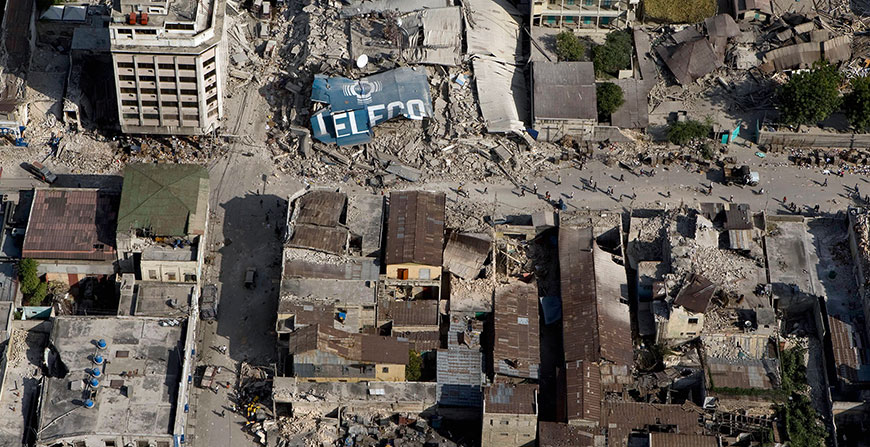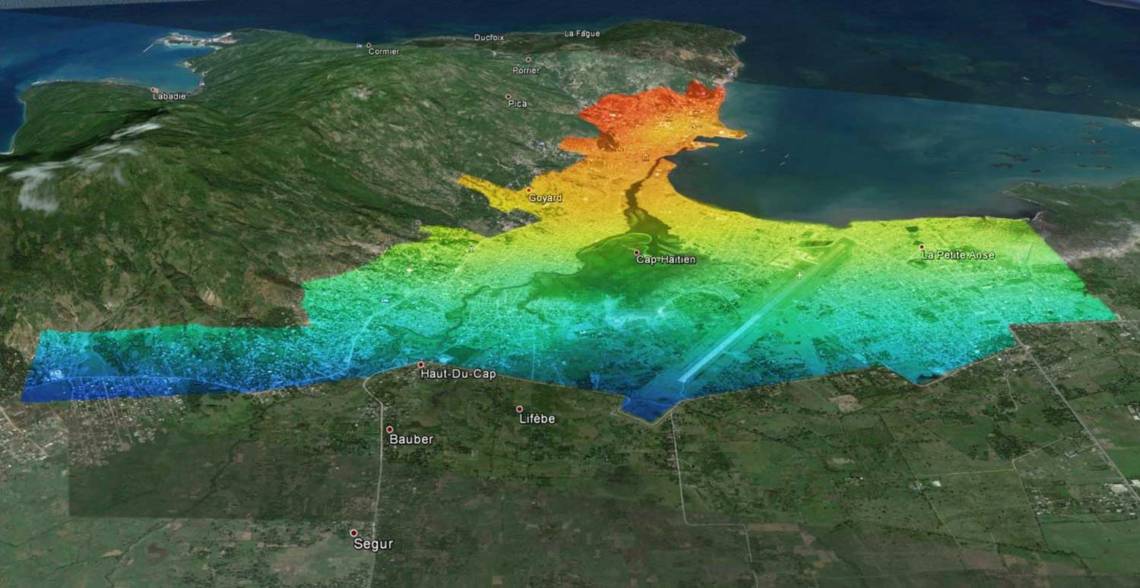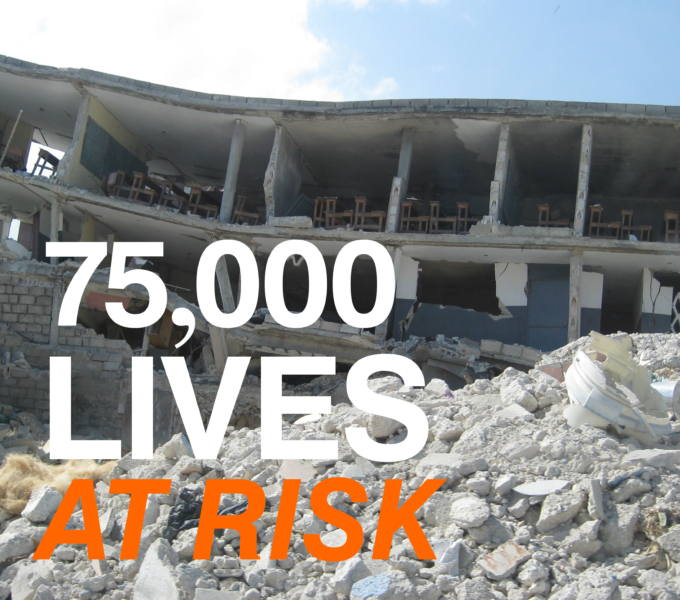PORT-AU-PRINCE, Haiti – A UNDP conference on the “Seismic Risk and Consequences for Northern Haiti and Vulnerable Schools” was held last week for stakeholders including the Haiti government, international agencies and the private sector.
The conference was co-chaired by Carlos Uribe and Renaud Voltaire from UNDP and Dr. Kit Miyamoto of Miyamoto International, an earthquake and structural engineering firm. The purpose was to share findings from a report on the risk Northern Haiti faces and what can be done to protect the region. A UNICEF study also identified fatality risks in schools in the western region of Haiti, including Port-au-Prince, where more than 300,000 people died in the 2010 earthquake.
Miyamoto told the attendees that in a large earthquake like the one that struck the area in 1842, 50 percent of the area’s 95,000 buildings in four major cities in Northern Haiti – Cap-Haitian, Liberté, Ouanaminthe and Port de Paix – would suffer structural damage and that 26 percent would be red-tagged, which equals 25,000 collapsed or severely damaged structures. Such a disaster would result in a casualty rate of 10 percent, which equals the deaths of about 75,000 people; more than 350,000 people would be left homeless.
The forecast was conducted using state-of-the-art statistical simulation. Miyamoto stated that because of an available database from the 2010 Haiti earthquake, results of this simulation are very realistic.
Miyamoto recommended the implementation of seismic retrofit program for the most vulnerable buildings such as schools, hospitals, churches and hotels. He also
called for the establishment of an earthquake rapid damage assessment program, a tsunami warning system and a training program for masons and contractors.
Miyamoto said that 7,300 fatalities in the West Department’s 131 schools, which includes Port-au-Prince, are forecast if nothing is done. Strengthening high-risk schools would reduce these fatalities substantially, he said.
“Huge earthquake risk remains in Haiti,” Dr. Miyamoto said, “but there are many things we can do now to reduce these disastrous effects substantially and they are very feasible. I think Haiti is ready for that.”



Map shows expected earthquake intensity in future Northern Haiti earthquake

